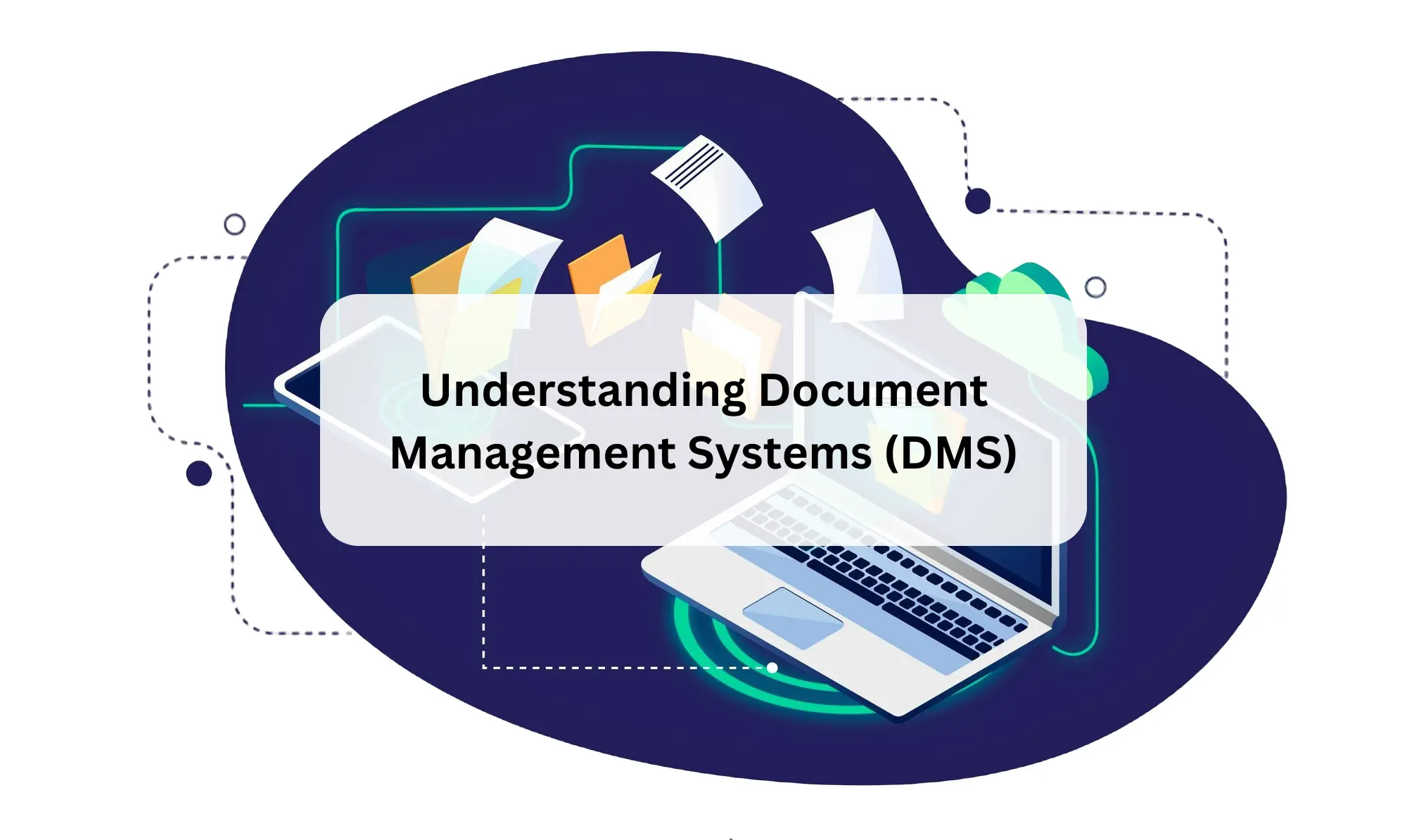In this digital era, document management is one of the toughest tasks for every organization. Document Management System (DMS) is a software solution also offered by B2B IT Solutions, that allows businesses to store, manage, create, track, and retrieve documents stored digitally in an efficient way. By smoothing documentation management, enhancing collaboration, and ensuring secure storage, a DMS is an essential tool for any business organization.
Key attributes of Document Management Systems (DMS)
- Document Storage and Retrieval
A DMS provides main storage to keep documents, ensuring they are easy to access. With advanced search technology, users can easily recover documents quickly by keywords, metadata, or categories.
- Version Control
Tracks changes to documents and maintains a history of previous versions. This feature prevents data loss, ensures consistency, and supports accountability.
- Access Control
Enables role-based access to documents, ensuring only authorized personnel can view, edit, or delete specific files.
- Indexing and Search
Documents can be indexed with metadata, making them searchable and organized for seamless retrieval.
- Collaboration Tools
Facilitates teamwork by enabling real-time editing, commenting, and sharing of documents, even among distributed teams.
- Workflow Automation
Streamlines business processes by automating tasks such as document approvals, notifications, and updates.
- Integration
A robust DMS integrates with existing systems like ERP, CRM, or email platforms, enhancing overall business functionality.
- Compliance and Security
Ensures documents meet regulatory compliance standards and are safeguarded with encryption, regular backups, and audit trails.
Benefits of Using a Document Management System
- Reduced Paper Usage: Minimizes the need for physical storage and supports environmentally friendly practices.
- Increased Efficiency: Speeds up document-related tasks, saving time and resources.
- Enhanced Security: Protects sensitive information with advanced encryption and access controls.
- Improved Compliance: Helps organizations adhere to industry standards and legal regulations.
- Disaster Recovery: Provides secure backups and cloud storage for business continuity.
- Better Collaboration: Supports remote work by offering easy access to documents anytime, anywhere.
Example of Document Management Systems
TFL Document Managing System:
Transport for London’s (TFL) document management system is specially designed to simplify the process of documentation management. With this creative online platform, drivers can easily manage and upload their documents which results in reducing administrative burden.
Cloud-Based Solution:
Cloud-based platforms allow security teams to access and manage surveillance data, incident reports, and operational logs from anywhere. These solutions provide scalability and ensure real-time synchronization across devices and locations.
Online Documentation:
Online documentation systems streamline record-keeping for security operations. From incident reporting to maintenance logs, these systems enhance transparency, improve accessibility, and reduce paperwork.
These technologies undoubtedly strengthen security measures. However, they also have limitations that highlight the ongoing importance of human security guards. B2B Solutions offers these advanced document management systems tailored to your business needs.
Why Does Your Business Need a DMS?
A DMS is essential for organizations aiming to boost productivity, maintain compliance, and stay competitive in a digital-driven business landscape. Whether you are a small business or a large enterprise, implementing a DMS can transform your document management practices, reduce costs, and foster innovation.
Last Words
Investing in a Document Management System is not just about staying organized—it’s about future-proofing your business. With features like automation, collaboration, and robust security, a DMS empowers organizations to operate more efficiently and adapt to an ever-evolving digital world.
FAQs
What is a Document Management System (DMS)?
A Document Management System is a software solution that helps businesses efficiently store, manage, track, and retrieve digital documents.
How does a DMS enhance collaboration?
A DMS enhances collaboration by offering real-time editing, commenting, and sharing tools that allow teams to work together seamlessly, even remotely.
Are DMS solutions secure?
Yes, DMS solutions offer advanced security features like encryption, role-based access controls, and audit trails to protect sensitive information.
Can a DMS be customized for specific industries?
Many DMS solutions are highly customizable to meet the unique needs of industries such as healthcare, legal, finance, and retail.
What are the deployment options for a DMS?
DMS solutions can be deployed on-premises or in the cloud, allowing businesses to choose the option that best fits their needs and budget.

